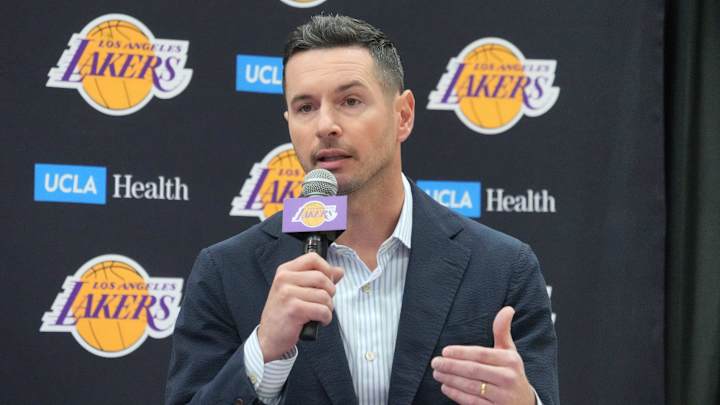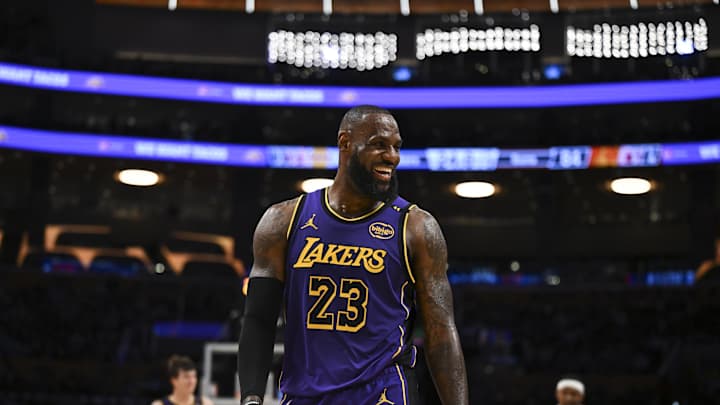Evaluating the 2023-24 season is an exercise in accepting a state of confusion. The Los Angeles Lakers played below-.500 basketball through January, looked like a contender for the final two-and-half months of the regular season, and then lost 4-1 in the first round of the playoffs.
Much will need to change for the Lakers to contend in 2024-25, but there’s one area above all else in which the team simply can’t afford to be patient.
Los Angeles is coming off of a season in which it finished 47-35 and needed to go through the Play-In Tournament to qualify for the playoffs. It was 24-25 through 49 games before it suddenly turned into a powerhouse, going 23-10 and ranking third in offensive rating after February 1.
Unfortunately, that 23-10 record—which equates to a win percentage of .697 and a 57-win season—couldn’t prevent Los Angeles from blowing halftime leads in four different games en route to a Round 1 exit.
Fast forward to September and the Lakers are hoping first-year head coach JJ Redick can diagnose what went wrong. There’s much to say on that front, but nothing proved quite as damning in 2024-25 as how Los Angeles coordinated its offensive efforts.
Thankfully, Redick is the perfect individual to come in and change the culture by turning the Lakers’ stationary offense into a free-flowing attack that benefits team success on both ends of the floor.
The Lakers have an impressive assortment of talent. Anyone arguing to the contrary is either doing so in bad faith or severely underestimating the impact of a lifeless offensive system that ultimately overburdened playmakers to create from zero.
That’s exactly why it will be essential for Redick to implement a motion offense that emphasizes off-ball movement and creates easier opportunities to score.
A season ago, the Lakers ranked dead last in the NBA in distance traveled on offense—trailing the No. 29 team by an unfathomable .34 miles per game. They were far and away the most immobile offense in the Association, which inevitably taxed the shot creators to consistently create against set defenses.
It should thus come as no surprise that opposing defenses were routinely in the perfect position to turn a long rebound or an accurate outlet pass into easy offense on the other end. The proof is in the numbers, as Los Angeles ranked No. 27 in fast break points allowed.
By creating off-ball movement in 2024-25, the Lakers would force the opposition to lose its shape on defense, limit transition points allowed, and emphasize what should’ve been a strength: Three-point shooting.
Los Angeles ranked No. 24 in the NBA in three-point field goals made in 2023-24, but that was an all but exclusive product of poor strategy. It finished at No. 8 in three-point field goal percentage, yet worked against itself by ending the year at No. 28 in three-point field goal attempts.
Redick has already plainly stated that the Lakers will shoot more threes in 2024-25, and has dropped hints about the manner in which they’ll be created.
Following a 93-89 Summer League win over the Cleveland Cavaliers, Lakers rookie Dalton Knecht revealed that Redick has him focusing on off-ball offense. It’s a promising sign that Los Angeles will address its primary offensive flaw by embracing a strength and shifting away from a weakness.
If Redick and the Lakers are successful in implementing a more dynamic offensive system, then accentuating the virtues of a talented roster will become a far more manageable task.



